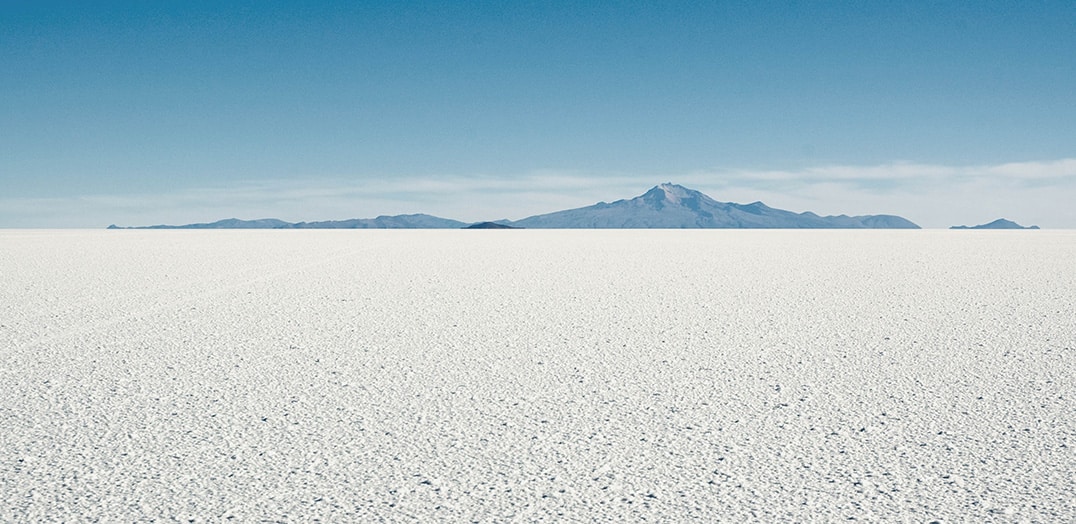Written by BGS Press
One of the key pillars of the global fight against climate change, and the route to Net Zero, is the switch to electric vehicles. Every electric vehicle needs a battery, and those batteries are manufactured from a range of raw materials. The most critical battery raw materials currently include lithium, cobalt, nickel, manganese and graphite. Demand for these raw materials is expected to increase significantly in the coming years, with the World Bank forecasting that demand for lithium in 2050 will be up to five times the level it was in 2018.
Research is ongoing to develop the batteries of the future, and these may require a different mix of raw materials, but lithium in particular looks likely to be essential for decades to come. Although battery recycling will be increasingly important, stocks of used batteries that could be recycled right now are very low compared to anticipated demand. This means that understanding the geology and natural resources of lithium is vital, as this will underpin exploration and mining for this critical raw material.
The world’s lithium currently comes from two main geological sources: lithium-enriched brines, chiefly in the salt lakes, or salars, of South America; and lithium pegmatites (an unusual type of granitic rock, enriched in a range of rare metals). Lithium pegmatites are mined at a range of localities in Australia, Canada, China and Zimbabwe; but they are known to exist across the world. Lithium deposits can also be hosted by clay and borate minerals in sedimentary basins, such as those in Nevada in the USA.
BGS is leading a NERC-funded project entitled Lithium for Future Technology, or LiFT, which will investigate the complete geological cycle of lithium which will help us to understand how these different deposit types of lithium form.
Research on this project will investigate how lithium moves through the Earth’s crust, to understand the geological factors that influence formation of the different types of lithium deposits. We will study ‘natural labs’ in the USA, Argentina, Zimbabwe, the UK, Germany, Turkey and Serbia to help us understand the lithium mineral system. We will also make use of microbiological research and life-cycle assessments to consider the environmental impacts of lithium mining.
Our overarching aim of the project, in collaboration with many others, is to understand where the best lithium deposits occur worldwide and how they can be mined in the most efficient, environmentally-friendly way possible. Achieving this goal will ensure a secure supply of this critical raw material for generations to come.
The project is a collaboration between BGS, the Natural History Museum, and the universities of Exeter, Southampton and Edinburgh. It also involves project partners from industry and academia around the world.













